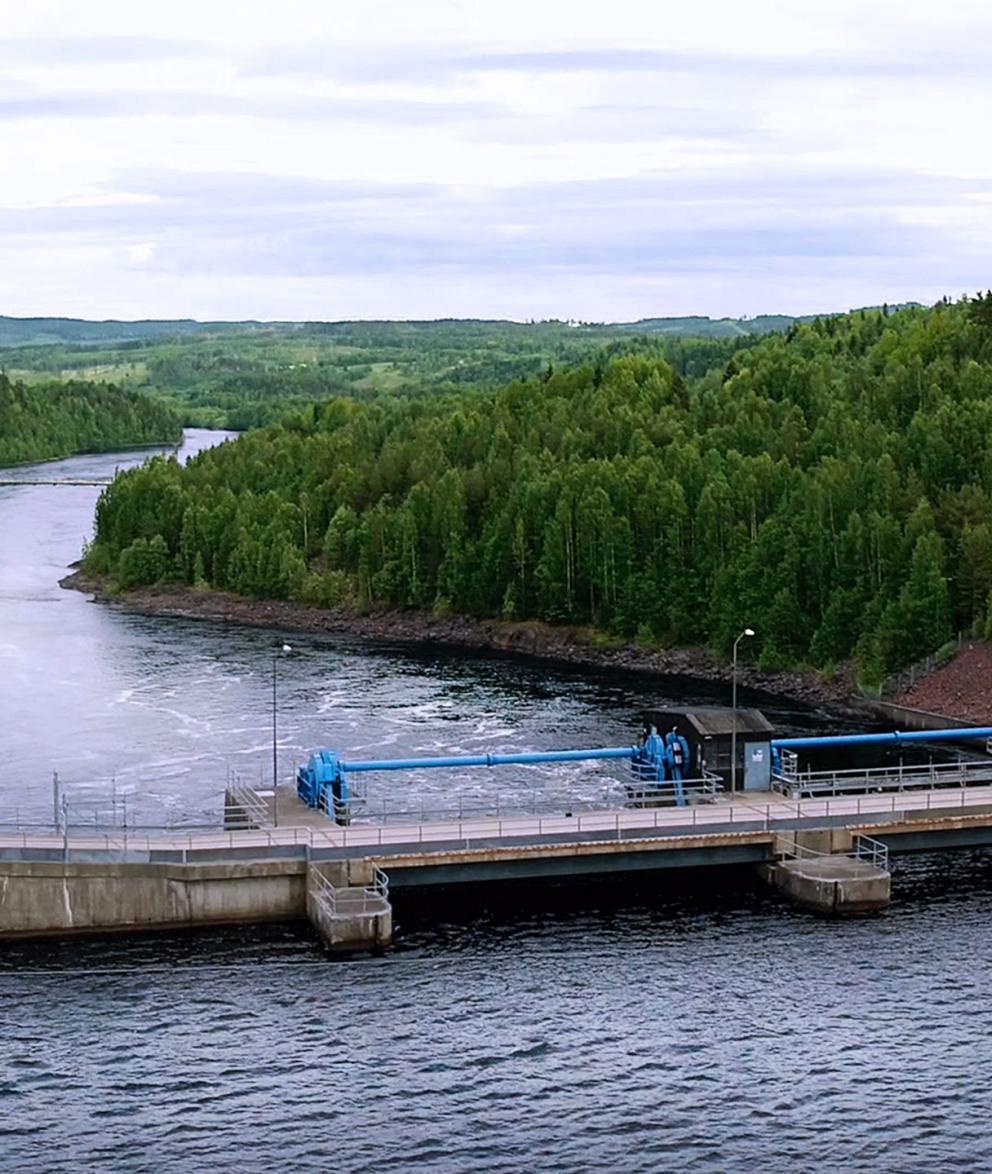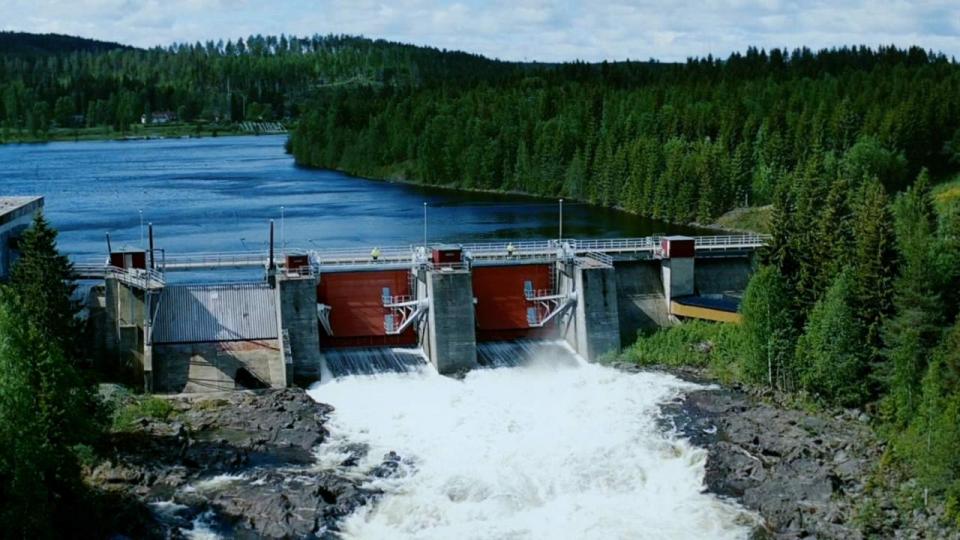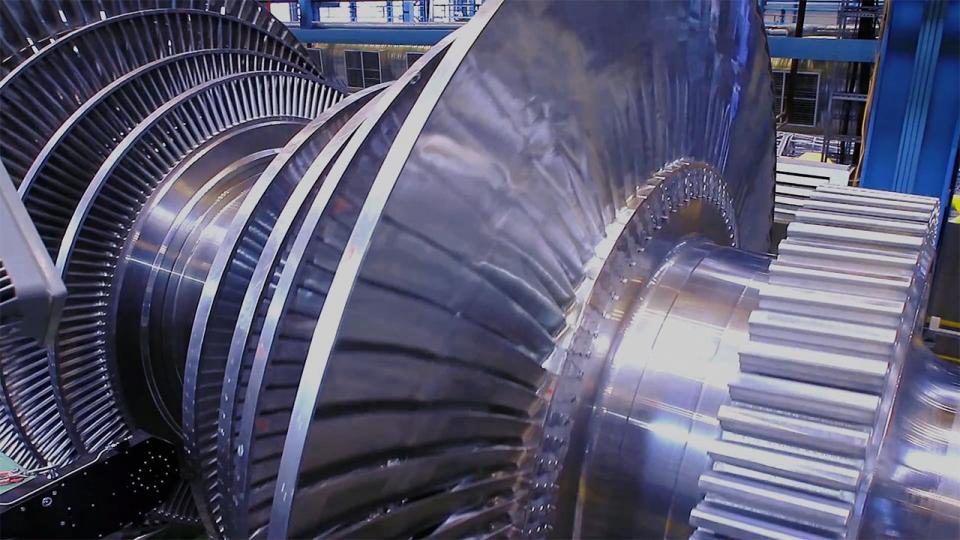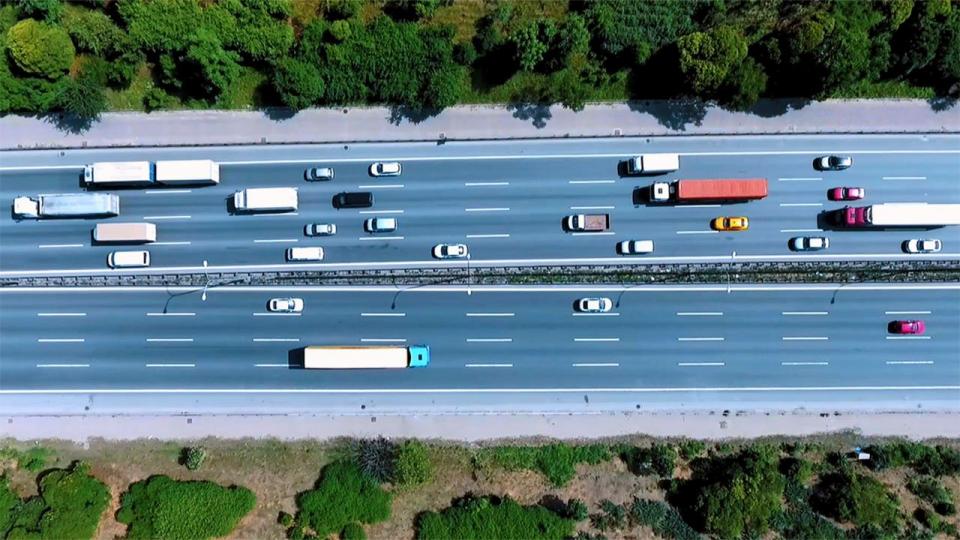More than half of the global energy supply is still coal- and oil-based, but a bright future is within reach, if we can build up stable electricity systems all over the world that are as effective as ours in Sweden.
Climate change threatens our environment and our living conditions
Our climate has always been changing. Although it may be difficult to imagine this while unpacking our picnic basket on a warm summer’s day, on Swedish rock slabs, we can still see signs of the 3,000-meter thick glaciers that existed in the last ice age. Climate change is a natural phenomenon that occurs over thousands of years due to the distance from the sun, continental drift and the chemical composition of our atmosphere. However, due to human influence, climate change is suddenly occurring far more rapidly. This is unnatural and entails many significant problems and risks. Due to emissions of greenhouse gases by human activities, the earth’s average temperature is now rising much faster than normal. This has enormous consequences for our planet and global warming is threatening many of the earth’s important species, habitats and ecosystems.
Climate-smart electricity lowers emissions
To be able to reduce our emissions as sharply as required by global goals, we have to make some major changes – particularly when it comes to the greatest sources of emissions. Currently, about one quarter of our emissions originates from agriculture and forestry, another quarter from the production of electricity and heat, about one fifth stems from global industry and another fifth from construction and transportation, and the rest from other minor sources. Industrialized countries emit most greenhouse gases, but the emissions in developing countries are rising fastest.
Today, excellent conditions are in place for reducing emissions. Thanks to new technologies, we can produce virtually emissions-free electricity and heat. Climate-smart electricity can be used to replace, for example, fossil fuels in our vehicle fleets. Despite this, more than half of the worldwide energy supply is still generated from coal and oil. The fact is that coal-fired power plants currently fuel about 40% of global electricity generation, but account for 70% of all emissions.
The problem will be even greater for those living without electricity. As recently as 2019, more than 700 million people still had no access to electricity. The majority lived in South Asia or in Africa. Without electricity, they have to rely on firewood, coal and other fuels for cooking food and keeping warm. Such fuels are neither good for the climate or the health of those who use them.
In order to raise the standard of living for those who are still living without electricity, and to power future electrical innovations and replace fossil fuels, we will need to sharply increase the production of fossil-free electricity in the future.
The Swedish electricity system – a global role model
Sweden’s electricity system is a global role model, in terms of its efficiency and minimal emissions. Namely, up to 98% of the Swedish electricity system is emissions free. One important reason for this is that we utilize hydropower and nuclear power to form a stable base in our electricity system.
About 60% of our electricity system is supplied from renewable sources thanks to hydro, wind and solar power. Wind and solar power provide us with electricity when weather conditions permit, while hydropower forms a crucial component of our baseload power. Sweden’s electricity system also utilizes a significant amount of biopower, which is also renewable and emissions free on a life cycle basis. Put together, this provides us with secure access to high-quality electricity throughout the year.
We could reduce global emissions considerably, if the entire world had an electricity system that was built like that of Sweden’s. However, the Swedish electricity mix emits about 20 grams of carbon dioxide per kWh of electricity produced. Since global electricity generation is approximately 27,000 terawatt hours annually, total emissions would reach approximately 540 million tons annually. In comparison with current emission levels at 13 billion tons from global electricity generation, this would entail an emissions reduction of 96 percent!
Different electricity systems, depending on different conditions
Unfortunately, not all countries can build an electricity system identical to that of Sweden’s, since the preconditions vary in different countries. In Sweden, we happen to have the great luck of having particularly favorable conditions for hydropower. At the same time, we have fairly poor conditions for solar power compared with many other countries. Every country must build its electricity system by taking into account its natural preconditions. However, what all electricity systems require is baseload power from one or more reliable energy sources capable of delivering dispatchable electricity, regardless of the weather conditions. For example, if the electricity mix comprises considerable amounts of solar and wind power, these energy sources must be complemented with nuclear power or hydropower in order to guarantee a supply of high-quality electricity in all situations, including windless and cloudy days.
We ensure Sweden has baseload power
As part of the global Uniper Group, we are a major electricity producer for Swedish base industry and a guarantor of stable and reliable electricity generation to meet Sweden’s electricity needs. Hydro, nuclear and reserve power are produced at our power plants located throughout the country. Our electricity is used to enable our society and our industries to function, regardless of weather and time of year. In terms of hydropower, we are the third-largest producer in Sweden. Our 74 wholly and jointly owned hydropower plants, distributed from Lycksele in the North to Kristianstad in the South, account for approximately 12% of Sweden’s total hydropower production. In terms of nuclear power, the Uniper Group is co-owner of all three of Sweden’s active nuclear power plants: at OKG in Oskarshamn, Ringhals and Forsmark
Find out more
We are seeing rising demand for electricity as society develops and new innovations see the light of day. Consequently, balancing power becomes increasingly important, the more solar and wind power we utilize in the electricity system.
Although renewable power sources are increasing rapidly, they will not be capable of replacing current production in its entirety. Therefore, it is time we begin looking into how to complement and eventually replace current nuclear power with new nuclear power systems.
If all of Sweden’s cars were to be replaced by electric vehicles and recharged using Swedish fossil-free electricity, we could reduce our carbon emissions by approximately 10 million tons, which corresponds to one-fifth of Sweden’s overall carbon emissions.



